Introduction
In the dynamic world of gaming, the controller is your primary connection to the virtual realm. It’s more than just a piece of hardware; it’s the bridge between you and the gaming experience. Among the plethora of choices, three giants stand out: Sony’s DualSense Wireless Controller, Microsoft’s Xbox Wireless Controller, and Nintendo’s Switch Pro Controller. Each brings a unique flavor to the gaming table, but which one reigns supreme? This comprehensive guide dives deep into the world of these gaming titans, comparing their features, ergonomics, and technological innovations to help you make an informed choice.
The Evolution of Game Controllers
The Sony DualSense Wireless Controller: A Leap into Next-Gen Gaming
The Sony DualSense represents a significant leap from its predecessor, the DualShock 4, a staple of the PlayStation 4 era. Introduced alongside the PlayStation 5, the DualSense has been engineered to enhance the sensory experience of gaming. It introduced groundbreaking features like haptic feedback, which provides highly detailed and varied tactile sensations, and adaptive triggers, which can simulate various levels of resistance, mimicking real-world actions like drawing a bowstring or pressing a gas pedal. The aesthetic of the controller also saw a major shift, with a sleek, futuristic design that mirrors the bold look of the PlayStation 5. This controller isn’t just an evolution; it’s a testament to Sony’s commitment to immersive gaming.
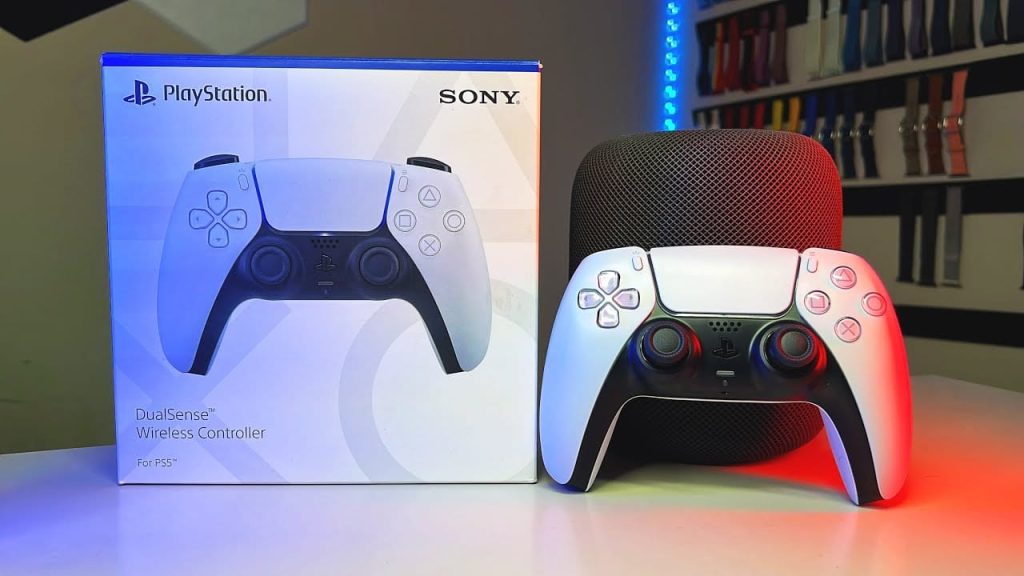
Sony DualSense Edge: Elevating the Game Controller Experience
In the ever-evolving landscape of game controllers, Sony has introduced the DualSense Edge, an upgraded version of the already revolutionary DualSense controller. This new iteration stands as a testament to Sony’s commitment to innovation and player-centric design.
The DualSense Edge retains the much-acclaimed ergonomic design of the original DualSense but introduces customizable elements that cater to the specific needs and preferences of gamers. Players can now swap out stick modules, adjust the tension of the triggers, and remap button functions, allowing for a more personalized and refined gaming experience.
Technologically, the DualSense Edge builds upon the immersive features of its predecessor. It enhances the haptic feedback and adaptive triggers, providing even more nuanced and detailed tactile sensations. These features draw players deeper into the gaming world, creating a truly immersive experience.
Concerning battery life and connectivity, the DualSense Edge maintains Sony’s high standards, ensuring players can enjoy long gaming sessions without frequent interruptions for charging. The controller also features the latest in wireless technology, guaranteeing a stable and responsive connection.
While the DualSense Edge comes at a higher price point than the standard DualSense, it justifies this with its advanced features and customizable options. It caters to a segment of gamers who seek a more tailored and high-end gaming experience.
The introduction of the Sony DualSense Edge marks a significant step in the evolution of game controllers. By offering advanced customization and innovative features, it not only enhances the gaming experience but also reflects the diverse needs of the modern gaming community.
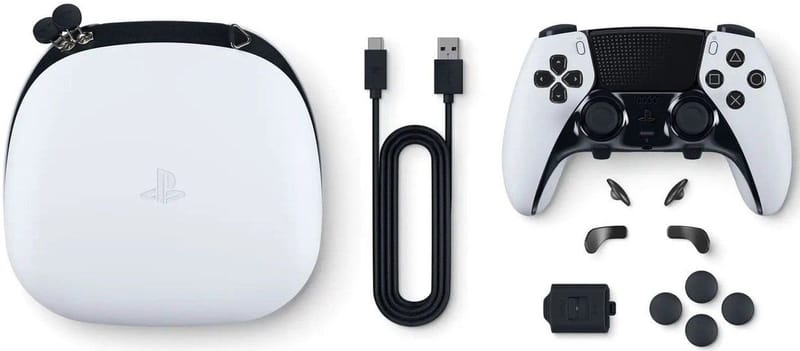
The Microsoft Xbox Wireless Controller: Refining a Classic
Microsoft’s approach with the Xbox Wireless Controller has been one of refinement and perfection of a tried-and-tested design. Building on the success of the Xbox 360 and Xbox One controllers, the latest iteration offers subtle yet impactful improvements. It maintains its much-praised ergonomic design, making it one of the most comfortable controllers on the market, especially for gamers with larger hands. Microsoft has focused on enhancing the tactile response of buttons and triggers, and introducing a new hybrid D-pad for more precise inputs. The controller also features a textured grip for better handling and has been designed to be more inclusive, accommodating a wider range of hand sizes and motor skills. The Xbox Wireless Controller remains a paragon of reliability and comfort, embodying the essence of Xbox’s gaming philosophy.

The Nintendo Switch Pro Controller: Bridging Worlds
Nintendo’s Switch Pro Controller is a bridge between the traditional gaming experience and the innovative, versatile nature of the Switch console. It takes cues from the classic controller design, familiar to gamers worldwide, and integrates features that complement the unique capabilities of the Switch. With a larger, more ergonomic design compared to the Joy-Con controllers, it offers a more comfortable grip for extended gaming sessions. The Pro Controller includes motion controls, HD rumble, and built-in amiibo functionality, enhancing the interactive experience. Its design speaks to Nintendo’s commitment to both tradition and innovation, providing a reliable, high-quality option for gamers who want the best of both worlds.
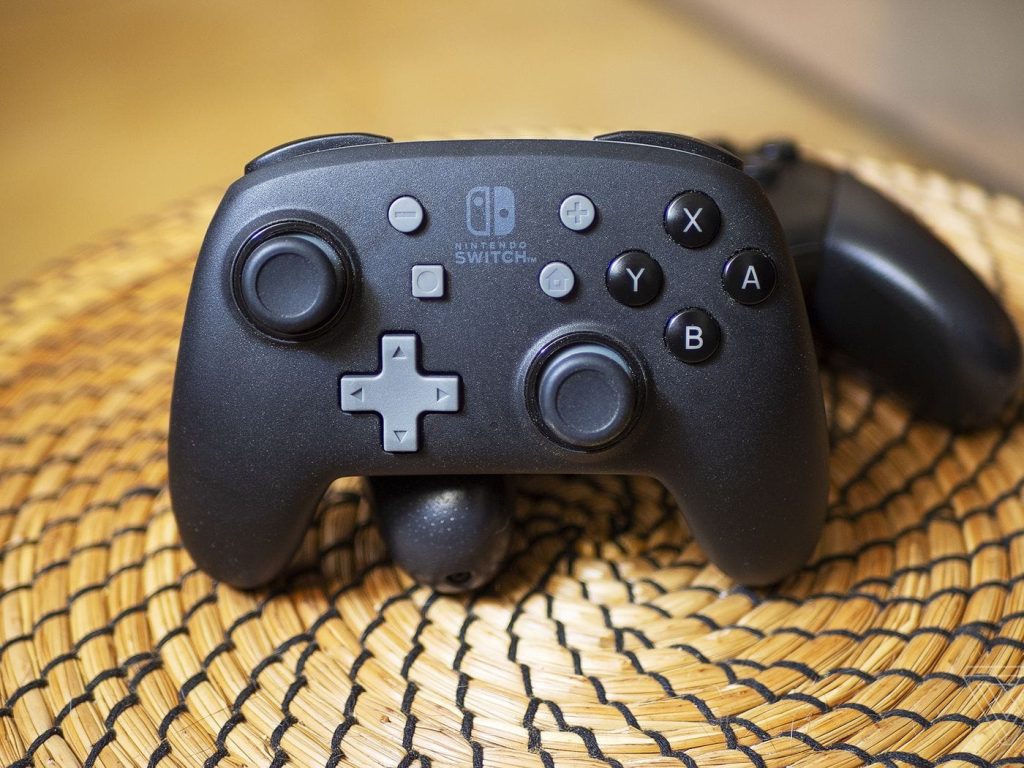
In this journey through the evolution of these controllers, we see a reflection of each brand’s philosophy and the broader trends in gaming technology. Sony’s DualSense pushes the boundaries of immersive gameplay, Microsoft’s Xbox controller focuses on refining the core gaming experience, and Nintendo’s Pro Controller merges tradition with versatility. These controllers are not just tools; they are the embodiment of their respective console’s spirit.
Design and Ergonomics: Comfort Meets Style
A good controller feels like an extension of your body. The DualSense, with its futuristic design and enhanced grips, offers a comfortable and immersive experience. Microsoft’s Xbox controller, known for its ergonomic build, fits naturally in the hand, making it ideal for prolonged gaming sessions. Nintendo’s Pro Controller, with its classic layout and lightweight design, offers comfort and simplicity, especially for those familiar with Nintendo’s previous consoles.
Innovation and Technology: More Than Just Buttons
Today’s controllers are marvels of technology. The DualSense boasts of its immersive haptic feedback and adaptive triggers that bring in-game actions to life. The Xbox controller, while keeping it simple, focuses on reliability and precision, making it a favorite among professional gamers. Nintendo’s Pro Controller, with its impressive battery life and amiibo compatibility, offers a unique experience tailored to the Switch’s eclectic game library.
The world of game controllers is not just about sticks and buttons; it’s a playground of technological advancements. Each of these controllers brings its own set of innovations to the table:
Sony DualSense Wireless Controller
- Haptic Feedback: Offers nuanced and varied tactile sensations, making gaming experiences more immersive.
- Adaptive Triggers: Provide varying levels of resistance, simulating real-life actions like drawing a bow or pressing a pedal.
- Built-in Microphone: Allows for in-game chat and voice commands without needing a headset.
- Touchpad: Enhances gameplay with touch-sensitive controls, adding another layer of interaction.
- Light Bar: Offers aesthetic appeal and functions in tandem with the PlayStation camera for motion tracking.
Microsoft Xbox Wireless Controller
- Textured Grip: Improves handling and comfort, especially during extended gaming sessions.
- Hybrid D-Pad: Offers a more precise and tactile response for directional inputs.
- Customizable Button Mapping: Allows players to tailor the controller layout to their playstyle via the Xbox Accessories app.
- Bluetooth Connectivity: Ensures easy pairing with a variety of devices, including PCs and mobile devices.
- Share Button: Makes capturing and sharing game moments more accessible and instantaneous.
Nintendo Switch Pro Controller
- HD Rumble: Provides detailed and realistic vibration feedback, enhancing the sensory experience of games.
- Motion Controls: Enables more interactive gameplay, particularly beneficial in games that require precision and movement.
- Amiibo Compatibility: Allows players to use their Amiibo figures directly with the controller, unlocking unique game content.
- Long Battery Life: Offers up to 40 hours of gameplay, reducing the frequency of charges.
- USB-C Connection: Modern and fast-charging, ensuring the controller is quickly ready for use.
Each of these controllers, with their distinctive features, not only defines the gaming experience they offer but also reflects the ethos of the consoles they are designed for. The DualSense brings the future of tactile feedback, the Xbox controller refines the essentials for a broad range of gamers, and the Nintendo Pro Controller integrates Nintendo’s innovative features into a more traditional form factor.
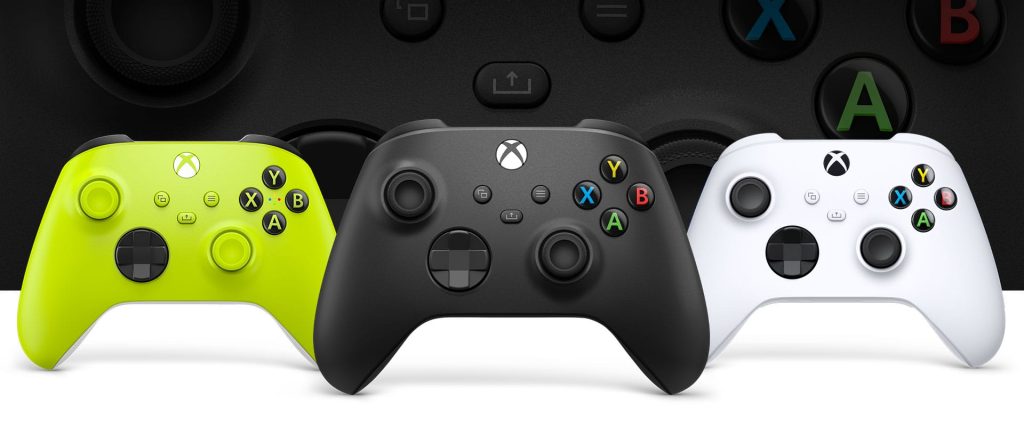
Battery Life and Connectivity: Staying in the Game
In the realm of gaming, having a controller that keeps up with your gaming marathons is crucial. Battery life and connectivity play pivotal roles in ensuring a seamless gaming experience.
Sony DualSense Wireless Controller: The DualSense boasts a built-in rechargeable battery, but it’s known for its relatively shorter battery life, typically offering around 12 hours of playtime, which can vary depending on usage patterns, especially with features like haptic feedback and adaptive triggers. Connectivity-wise, it uses Bluetooth technology for wireless connection and includes a USB-C port for charging and direct connection, ensuring quick and easy recharging and robust connectivity with the PlayStation 5.
Microsoft Xbox Wireless Controller: Microsoft’s controller offers a versatile approach to power. It can be used with traditional AA batteries, providing approximately 30 hours of gameplay, or with a rechargeable battery pack (sold separately) for those preferring a rechargeable option. In terms of connectivity, the controller features Bluetooth for easy pairing with various devices, including Xbox consoles, PCs, and mobile devices, ensuring a broad compatibility range and reliable wireless performance.
Nintendo Switch Pro Controller: Leading the pack in terms of battery life, the Switch Pro Controller offers up to 40 hours of gameplay on a single charge, making it a standout choice for extended gaming sessions. It charges via a USB-C port, which supports faster charging compared to older USB standards. The controller maintains a stable wireless connection with the Switch console via Bluetooth and can also be used in a wired mode with its USB-C connection, providing flexibility and reliability in connectivity.
Each controller presents a unique approach to power and connectivity, catering to different gaming needs and preferences. The DualSense offers advanced features at the expense of battery life, the Xbox controller provides a flexible power solution, and the Nintendo Pro Controller shines with its long-lasting battery, ensuring you stay in the game longer without the frequent need for a recharge.
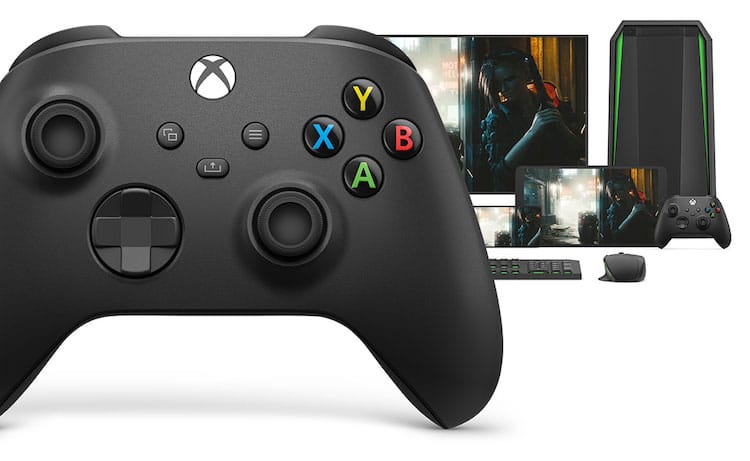
Price Point: Balancing Cost and Quality
Cost is often a deciding factor. The DualSense and Xbox controllers are similarly priced, reflecting their high-end features and build quality. The Nintendo Pro Controller, slightly more expensive, justifies its price with its specialized features for the Switch.
Conclusion: Choosing Your Champion
In conclusion, the best controller depends on your gaming needs and preferences. The Sony DualSense is ideal for immersive PlayStation gaming, the Xbox controller is perfect for versatile, ergonomic gaming, and the Nintendo Pro Controller is the go-to for dedicated Switch gamers.
Final Thoughts
Choosing the right controller is crucial for enhancing your gaming experience. Each of these controllers has its strengths and caters to different types of gamers. Whether you prioritize comfort, technology, compatibility, or cost, there’s a controller out there that’s perfect for you.


